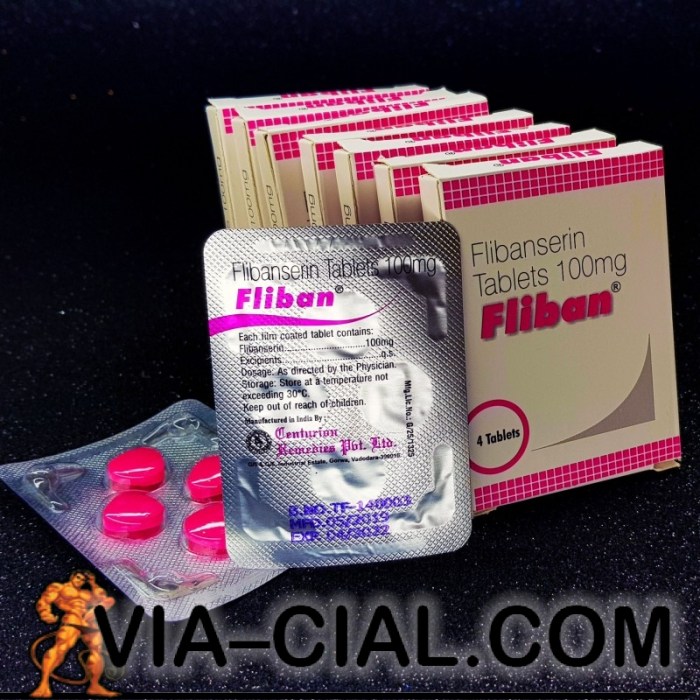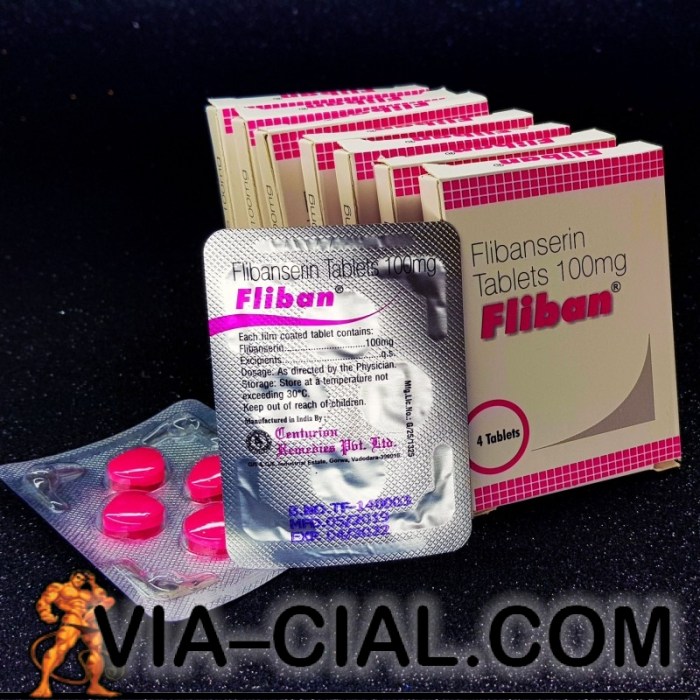Flibanserin, a medication marketed as Addyi, has sparked considerable debate since its approval for the treatment of hypoactive sexual desire disorder (HSDD) in women. This journey began with the development of flibanserin as an antidepressant, but its unique effects on sexual desire led to its repurposing for a different purpose. The journey to approval was not without its challenges, with concerns raised about its efficacy, safety, and potential for misuse.
This article delves into the history of flibanserin, exploring its mechanism of action, therapeutic applications, and potential side effects. We examine the perspectives of patients who have used flibanserin, as well as the broader societal implications of its availability. Finally, we consider the future directions of research and development in this area, comparing flibanserin to other treatment options and discussing the legal and regulatory considerations surrounding its use.
Flibanserin

Flibanserin, marketed under the brand name Addyi, is a medication approved for the treatment of hypoactive sexual desire disorder (HSDD) in premenopausal women. Its journey to approval was marked by extensive research, clinical trials, and regulatory scrutiny, highlighting the complexities of developing treatments for female sexual dysfunction.
Development of Flibanserin
Flibanserin’s development originated from research into the potential of serotonin receptor modulation for treating depression and anxiety. Early studies indicated that certain serotonin receptor agonists could potentially enhance sexual desire. This led to the exploration of flibanserin, a selective serotonin 1A receptor agonist and serotonin 2A receptor antagonist, as a potential treatment for HSDD.
Clinical Trials
Several clinical trials were conducted to evaluate flibanserin’s efficacy and safety for HSDD. These trials involved hundreds of premenopausal women experiencing low sexual desire. Key findings from these studies included:
- Flibanserin demonstrated a statistically significant increase in the number of satisfying sexual events per month compared to placebo.
- The most common side effects reported were dizziness, nausea, fatigue, and sleepiness.
Regulatory Approval and Controversies, Flibanserin
Flibanserin’s path to regulatory approval was not without controversy. The U.S. Food and Drug Administration (FDA) initially rejected the drug twice, citing concerns about its efficacy and potential side effects. However, after extensive review and public advocacy, the FDA ultimately approved flibanserin in 2015.
- The approval sparked debate about the scientific evidence supporting flibanserin’s efficacy and the potential for drug companies to market treatments for conditions that might not be adequately defined or understood.
- Critics argued that the drug’s benefits were modest and that its potential side effects outweighed its potential benefits.
- Proponents argued that flibanserin provided a much-needed treatment option for women struggling with HSDD, a condition that can significantly impact quality of life.
Flibanserin remains a subject of ongoing discussion, with its benefits and drawbacks being debated by healthcare professionals, researchers, and the public alike. While it offers a potential treatment option for women struggling with low libido, concerns about its efficacy, side effects, and potential for misuse persist. As research continues to shed light on flibanserin’s true impact, it is crucial to approach its use with a balanced and informed perspective, considering the individual needs and preferences of each patient.
